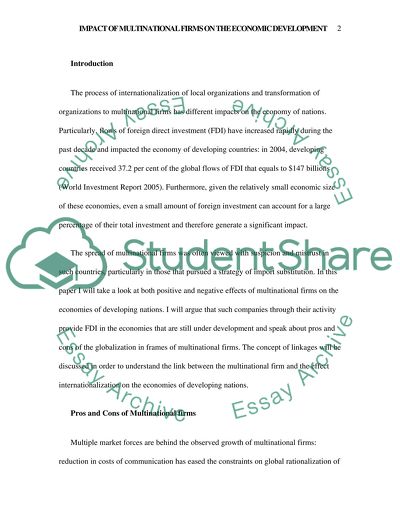Cite this document
(Impact of Multinational Firms on the Economic Development Essay, n.d.)
Impact of Multinational Firms on the Economic Development Essay. Retrieved from https://studentshare.org/macro-microeconomics/1529550-international-business-analysis
Impact of Multinational Firms on the Economic Development Essay. Retrieved from https://studentshare.org/macro-microeconomics/1529550-international-business-analysis
(Impact of Multinational Firms on the Economic Development Essay)
Impact of Multinational Firms on the Economic Development Essay. https://studentshare.org/macro-microeconomics/1529550-international-business-analysis.
Impact of Multinational Firms on the Economic Development Essay. https://studentshare.org/macro-microeconomics/1529550-international-business-analysis.
“Impact of Multinational Firms on the Economic Development Essay”, n.d. https://studentshare.org/macro-microeconomics/1529550-international-business-analysis.


